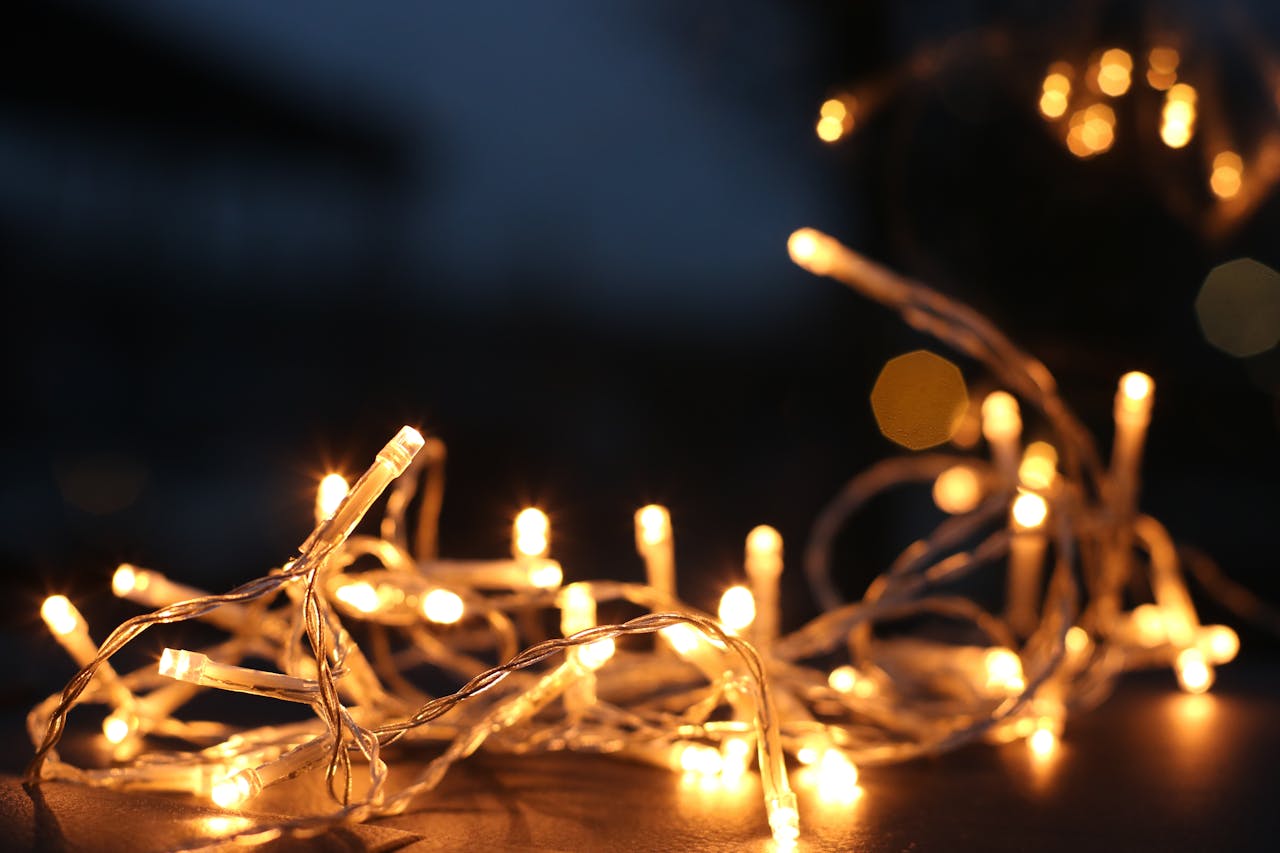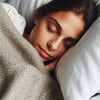
LED vs Incandescent Lights
The world we’re living in is far from straightforward.
Where you’d think that a light is a light, and there’s nothing to worry about, you’d be mistaken.
The issue as it relates to lights (bulbs vs LEDS) has less to do with any nefarious “big lamp” company designing products and more to do with not fully understanding technology's impact on our lives.
For decades, light bulb technology remained relatively unchanged. Granted, we did come out with fluorescent lights, but incandescent and fluorescent light technologies are fairly old.
LEDs started making their way into usage in the 2000s.
When politicians saw how much more energy efficient they were, they moved to ban the less efficient incandescent LEDs in an effort to save the planet.
Now, I’m not here to tell you if lowering your carbon footprint is a bad or good idea; I’m just telling you how the tried and true technology of incandescent lights was moved into the “ban list” and also to show you why banning them wasn’t the best thing.
What Happened to Incandescent Lights?
The journey of the incandescent light bulb ban is a classic tale of tech evolution and environmental consciousness, kind of like watching an old-school tech favorite fade into the sunset.
In 2007, the U.S. decided to shake things up with the Energy Independence and Security Act. This wasn't just about changing bulbs; it was about ushering in a new era of efficiency with the goal of making everyday light bulbs about 25% more efficient than the classic incandescent ones.
This wasn't just an American thing. The European Union jumped on board in 2009, rolling out their phase-out by 2012. Australia, Canada, and others joined the party, all with the goal to reduce carbon footprints.
The tech world was already buzzing with alternatives. CFLs and LEDs started stealing the spotlight—offering way better energy efficiency and making it easier for everyone to make the switch without sacrificing style or brightness.
At this point, almost all of the traditional incandescents have ceased production. However, specialty bulbs dodged the ban list, such as those quirky appliance lights or funky decorative ones. That and certain wattages and niche applications keep some incandescents in the loop, especially in specific professional settings.
The issue is that almost all of the bulbs we depend on for lighting our homes are now LED.
And while I love how much power they don’t use, I’m not a huge fan of how they can impact human health.
I’m not saying “they’re terrible and will ruin civilization,” but you must be aware of some considerations related to their use.
The Potential Problems of LEDs
When I say “problems” with LEDs, I don’t necessarily mean they are dangerous. At least not in the sense that they will harm you if exposed to their light.
I mean that LEDs have some drawbacks that could negatively impact health.
While switching to LEDs aims to cut energy use and carbon emissions, researchers cite growing concerns about their health impacts.
In the 1990s, scientists discovered melanopsin, a photopigment in the eye sensitive to blue light, which affects circadian rhythms by suppressing melatonin. This can increase alertness and disrupt sleep in humans and animals. It’s something I’ve touched on a number of times, and it matters because sleep disruptions have downstream effects on hormone levels and more.
The World Journal of Biological Psychiatry highlighted the potential negative mental health effects of LED lighting, noting blue light's impact on sleep and higher sensitivity in teenagers.
John Gottlieb, Clinical Assistant Professor of Psychiatry and Behavioral Sciences at Feinberg School of Medicine in Chicago and an author of the paper, said the following, “My concern about LED lighting followed from a larger...concern about the relationship between light exposure and the occurrence of manic and mixed symptoms in bipolar disorder…Because they are ubiquitous, smartphones represent the larger public health hazard...Streetlights...contribute to...light pollution, which we are becoming increasingly sensitised to.”
And while this might not be as bad for fully developed adults, studies show blue light inhibits melatonin, disrupting sleep and affecting health. For children and adolescents, there's a consistent link between sleep disorders and digital device use.
The National Sleep Foundation advises no tech 30 minutes before bed, but there's no specific guidance for mental illness or circadian disruption.
As LED technology spreads, efforts are underway to reduce blue light in LEDs and develop customizable lighting to protect those with psychiatric disorders.
But who knows how long that will take?
The good news is you don’t have to have LEDs in your bedroom (or in your house) if you don’t want to. The bad news is it definitely isn’t easy to find incandescent alternatives.
If LEDs are all you have, and you don’t want to change because the cost savings are substantial, you can try things like blue-light blocking glasses, candles, or other blue light mitigating strategies.
I’m not against LEDs, but I think it’s important to understand their impact on your health.



